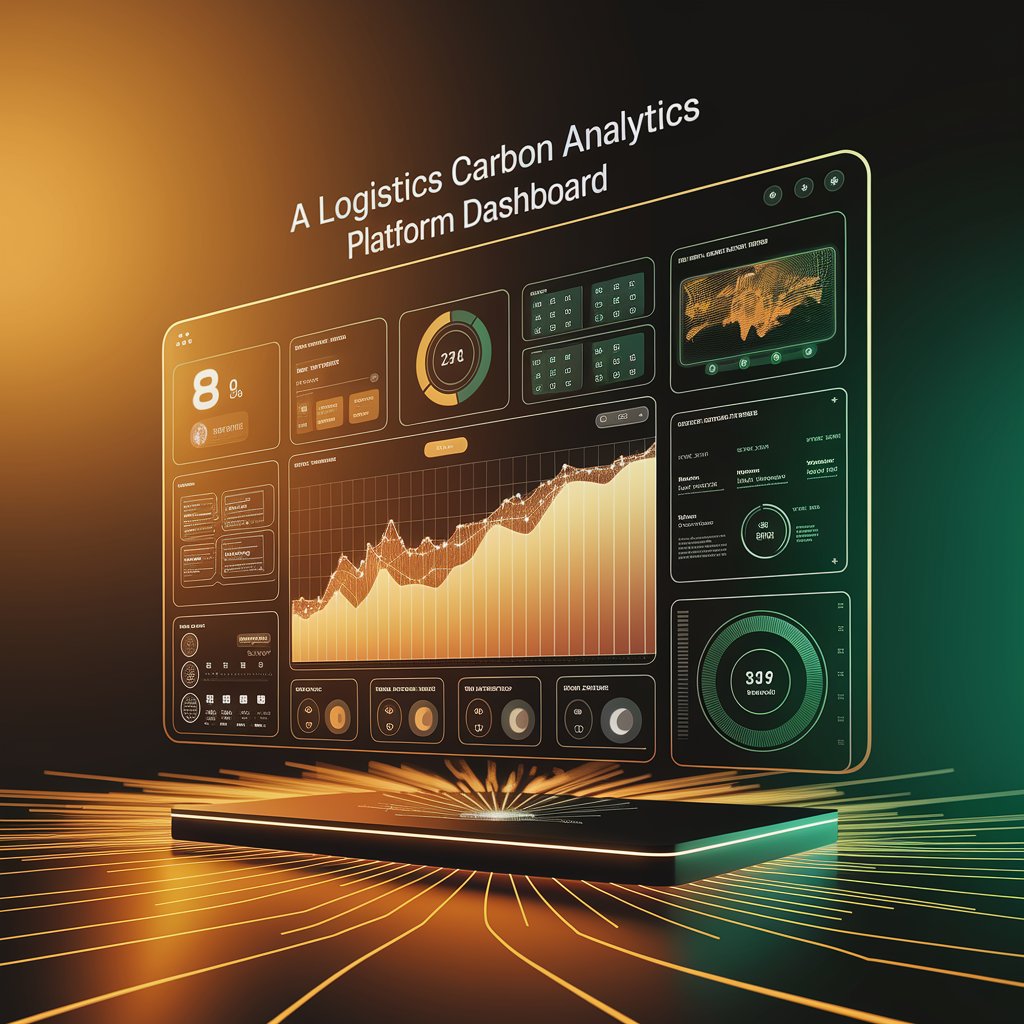How Logistics Carbon Analytics Platforms Work with Linbis
Sustainability is no longer optional in logistics. Governments, customers, and investors demand carbon transparency and measurable reductions in emissions. Yet, many logistics companies struggle to track and report CO₂ across fleets, warehouses, and multimodal transport.

Introduction
With logistics carbon analytics platforms, Linbis provides the tools to measure, monitor, and optimize emissions in real time. These insights allow companies to cut costs, stay compliant, and achieve greener operations without sacrificing efficiency.
Step 1: Collect Carbon Data
Linbis integrates carbon-related data from:
- Fleet telematics → fuel consumption, mileage, idle times.
- Shipment records → cargo weight, routes, modes of transport.
- Warehouse sensors → energy consumption and storage conditions.
- External data → emission factors by mode (air, ocean, trucking, rail).
Step 2: AI-Powered Carbon Analytics
Linbis AI calculates and analyzes emissions to:
- Determine carbon footprint per shipment.
- Compare emissions across carriers, lanes, or modes.
- Identify inefficiencies such as empty miles or fuel waste.
- Provide predictive insights for greener route planning.

Step 3: Automate Sustainability Workflows
- If emissions exceed thresholds → AI suggests alternative routes or carriers.
- If warehouse energy spikes → System triggers efficiency alerts.
- Compliance-ready carbon reports are auto-generated for audits.
- Customers receive sustainability metrics as part of service updates.
Step 4: Visualize in Carbon Dashboards
Linbis offers dashboards with:
- Carbon footprint KPIs by shipment, carrier, or customer.
- Emission trend charts for monthly and yearly targets.
- Predictive simulations of greener transport options.
- Compliance heat maps by country or region.
Step 5: Continuous Optimization
- AI models learn from operations to refine carbon forecasts.
- System adjusts strategies as regulations and customer demands evolve.
- Companies move closer to net-zero logistics goals.

Advanced Features
- Multi-modal emission analysis: Trucking, ocean, air, and rail.
- Carbon offset integration: Connect directly with offset programs.
- Scenario testing: Compare emissions of different logistics strategies.
- Blockchain records: Secure, auditable emission tracking.
Real-World Example 🌍
A global freight forwarder implemented logistics carbon analytics with Linbis. In 6 months:
- Reduced fleet emissions by 14% with optimized routing.
- Automated CO₂ compliance reporting for EU regulations.
- Improved customer trust by providing carbon scorecards with every shipment.

Benefits 📈
- Sustainability: Reduce carbon footprint across supply chains.
- Compliance: Meet regional and global green regulations.
- Efficiency: Lower fuel costs through smarter planning.
- Customer Value: Transparent reporting builds stronger partnerships.
- Innovation: Position as a green logistics leader.
Conclusion
With logistics carbon analytics platforms, Linbis helps logistics companies measure, monitor, and optimize their environmental impact. By combining AI-driven insights with automation, businesses achieve compliance, cut costs, and move toward sustainable logistics.
